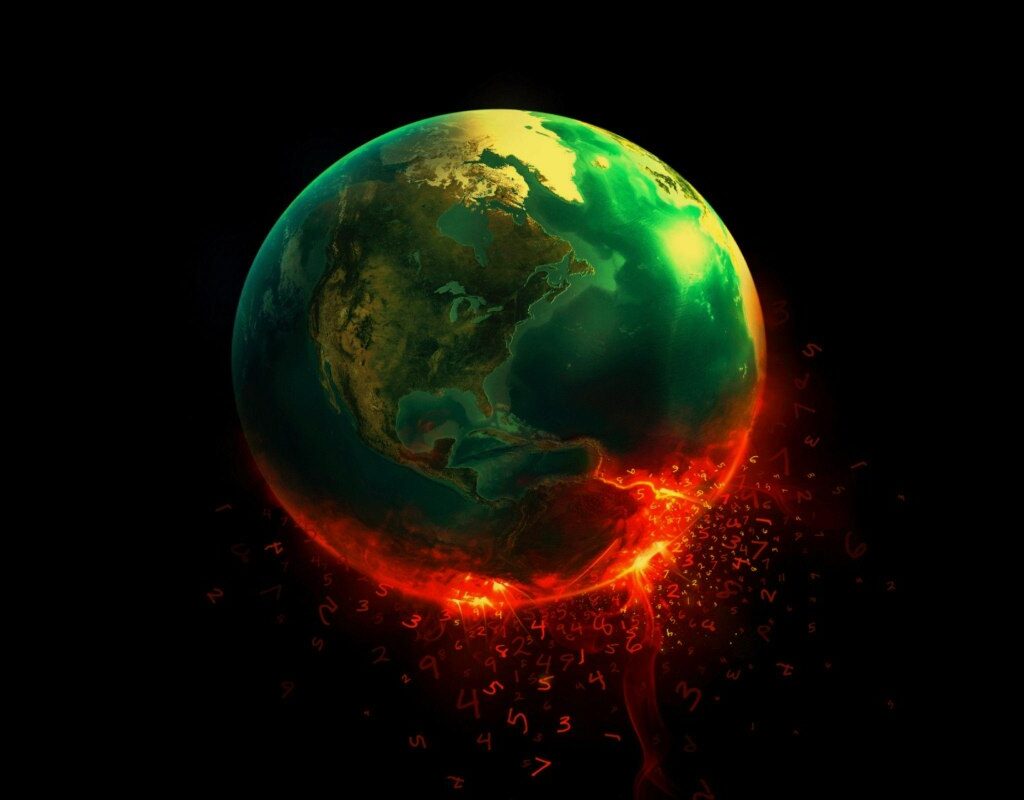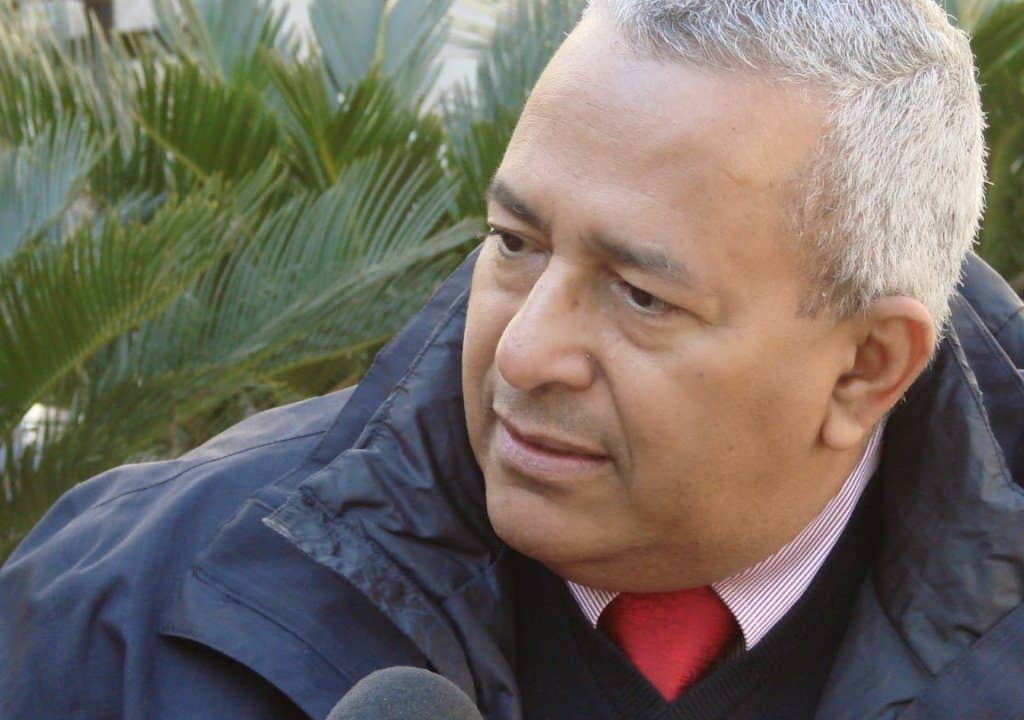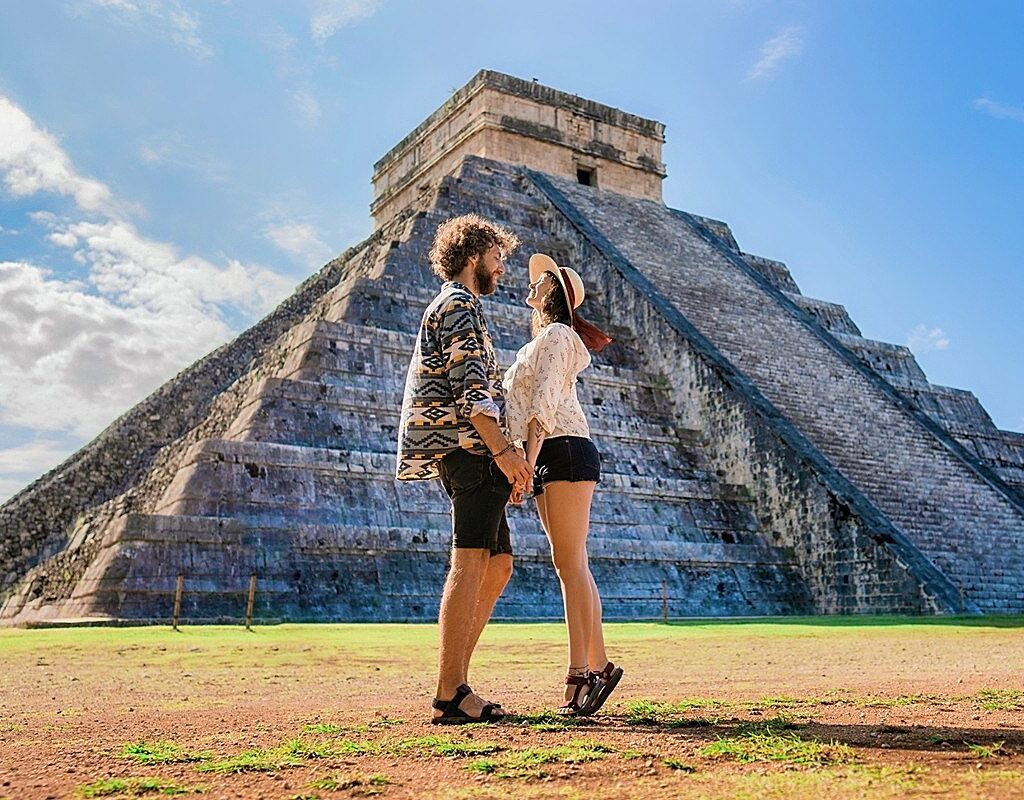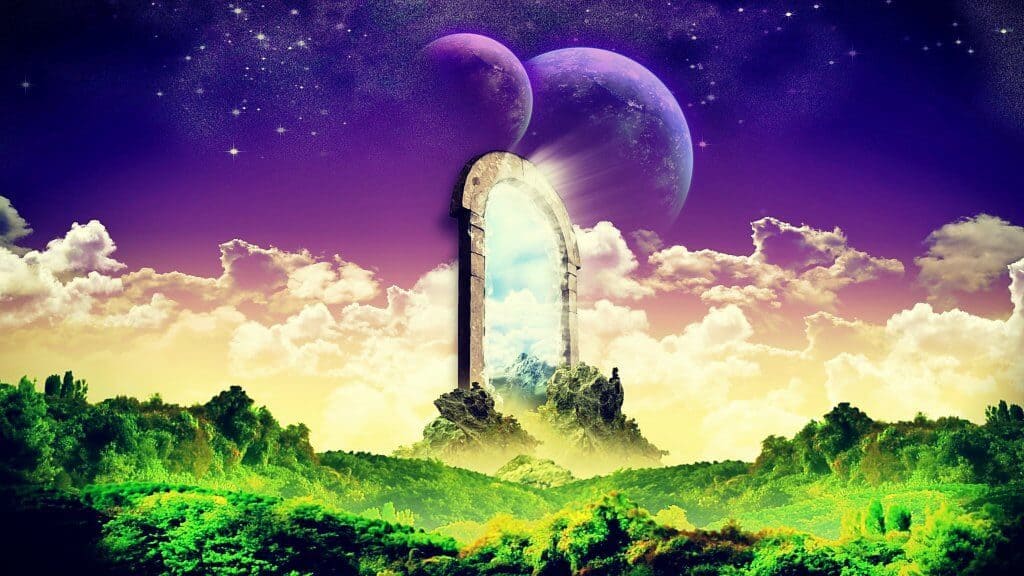What Hollywood didn’t tell you about 2012. Apocalyptic predictions and the Mayan calendar have captivated the imagination of the entire world. But what do these ancient prophecies really tell us? Is 2012 a warning of catastrophe or a call for spiritual transformation? Discover the answers and explore the most surprising interpretations that will change your view of the end of the world.
2012 in the Mirror of Cultures: The Beginning of a New Era?
But were we really witnessing the end of an era and the beginning of a cataclysm? Roland Emmerich’s recent production, “2012,” presents a chilling cinematic response.
The iconic structures of humanity disintegrate on screen: the Christ the Redeemer statue in Rio vanishes; the Sistine Chapel collapses and a giant aircraft carrier, propelled by a titanic wave, crashes into the White House. Scenes that have shaken theaters and fueled the debate on apocalyptic prophecies.
Despite Hollywood’s representation, the ancient Mayan prophecy is not strictly catastrophic. Juan Alejandro Velásquez, an eminent expert in traditional Mayan astrology in Colombia, offers a more nuanced and hopeful perspective.
“More than an announcement of destruction, 2012 for the Mayans marks the dawn of an era. A phase of energetic renewal aimed at enhancing our human essence,” says Velásquez. According to him, seven of the twenty Mayan calendars indicate 2012 as the threshold of a renewed 5,200-year odyssey characterized by unprecedented spiritual depth and human connection.
In his work, “The Mayans, a Living Culture,” Velásquez addresses this energetic shift. “It is a call for a collective awakening, to transcend individualism and recognize ourselves as an interdependent community,” he argues.
Far from being a Mayan singularity, other traditions around the world have pointed to 2012 as a pivotal year. Are we then on the verge of a global metamorphosis? Time, a faithful witness of the ages, will be in charge of revealing it.
The I Ching and 2012: Omen or Spiritual Renewal?
From ancient civilizations to contemporary Hollywood films, the concept of the end of the world has been a constant. With the approach of 2012, another ancient wisdom system, the I Ching, comes into focus and offers its own vision of what that date represents.
María Fernanda Gómez, with two decades of I Ching study under her belt, offers a serene and hopeful perspective.
“The I Ching foresees a revolution in faith,” she asserts. “2012 is marked by the energy of the double thunder, a call for spiritual activation. Just as thunder precedes the rain that purifies, this year invites us to release the superfluous and reconnect with our deepest essence.”
This understanding is not exclusive to the I Ching. Claudia Roldán, versed in the ancient practice of Feng Shui, agrees with this vision of transformation. According to Roldán, 2012 is symbolized by the number 6, which evokes the sky and signals a shift towards the spiritual, a universal call to learn to live in harmony. Although Feng Shui acknowledges the possibility of turbulent times, the fundamental premise is not destruction, but the pursuit of balance.
These visions, however, are part of a broader tapestry of interpretations and myths that have accompanied humanity throughout the centuries.
Fabián Sanabria, a sociologist, reflects on the power of these narratives: “Apocalyptic myths have endured because they give voice to collective anxieties, offering a means of confronting and alleviating our individual fears.”
For Alasdair Spark, an academic at the University of Winchester, the cataclysmic notion associated with 2012 is the result of a misinterpretation of the Mayan calendar, rooted in New Age beliefs that emerged in the 1970s.
The true message seems clear: beyond predictions and myths, 2012 invites us to introspection and a reevaluation of our place in the universe. The real question is, are we ready to listen?
End of the World: Between Myths and Realities
The obsession with the end of the world has been a recurring phenomenon throughout human history. Today, this fascination has been magnified, fueled by a mix of Hollywood movies, conspiracy theories and widespread anxiety about the uncertain future humanity faces.
Alasdair Spark, a professor at the University of Winchester, told SEMANA magazine that this obsession reflects the concerns of a society marked by uncertainty.
“We are at a time when apocalyptic visions have gained traction. For many, it seems easier to imagine an abrupt and catastrophic end than to face the prolonged challenges of the future,” said Spark.
This anxiety has reached alarming levels in some cases. David Morrison, a NASA astrobiologist, has witnessed this anxiety firsthand. Week after week, he receives countless emails from individuals distressed by apocalyptic predictions. The questions range from concerns about a change in the Earth’s rotation to fears that a planet called Nibiru will collide with us.
Unfortunately, the paranoia has reached such a degree that some have even contemplated suicide at the prospect of witnessing a supposed apocalypse. This level of fear highlights the responsibility of institutions and experts to provide accurate and fact-based information.
Faced with the growing wave of theories, Morrison has dedicated himself to debunking these myths.
Referring to the aforementioned Nibiru planet, he stated: “If there were a planet on a collision course with the solar system, it would be impossible to hide it. Predictions of a disaster in 2003 with Nibiru turned out to be unfounded and the date was simply changed to 2012 to align with theories about the Mayan calendar.”
The expert maintains that the promotion of these catastrophic ideas is largely driven by economic interests. Movies, books and other end-of-the-world-related products generate significant revenue.
The real challenge lies in distinguishing fiction from reality and understanding that, although the future may be uncertain, it is essential to approach it with an informed and balanced mindset, rather than succumbing to panic driven by unfounded myths.
The Apocalypse in Modern Culture
Fascination with the end of times has permeated our culture for centuries. Today, with unprecedented technology and media reach, this interest has taken on new dimensions and forms of expression. The publishing, film and digital industries have capitalized on these fears, selling everything from books to survival kits.
A simple search on Amazon.com reveals up to 175 books on Judgment Day, a figure that shows how deeply this theme is ingrained in the collective consciousness. But it is not limited to literature: movies and streaming platforms offer films that, under the promise of clarifying myths, further fuel apocalyptic theories.
David Morrison, a NASA astrobiologist, views this phenomenon with concern. For him, such distractions divert attention from more urgent and tangible problems like climate change or biodiversity loss. Issues that, unlike apocalypse theories, have solid scientific foundations and probable consequences for humanity.
End-of-the-world theories are not a contemporary phenomenon. As sociologist Fabián Sanabria points out, humanity has faced various waves of fear throughout its history, from the millenarian fear of the year 1000 in the Middle Ages, through the nuclear panic of the 20th century, to concerns about Y2K at the turn of the millennium.
According to Sanabria, this recurrence of apocalyptic theories reflects a deep-seated insecurity and the difficulty individuals have in assuming responsibilities. “It is easier to attribute our shortcomings and fears to external factors, whether it be fate, the stars, or an angry god,” he argues.
Juan Alejandro Velásquez, an expert in Mayan traditions, offers a spiritual perspective, suggesting that humanity has disconnected from the divine and, in its search for answers, has become obsessed with the end of the world.
Meanwhile, Morrison, with his scientific pragmatism, offers a simple yet impactful analogy: “My calendar ends on December 31, 2009, but that does not mean the world will end that day.” It is a reflection that, amid collective hysteria, invites us to maintain sanity and discern between fiction and reality.




